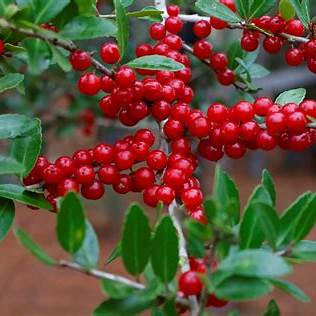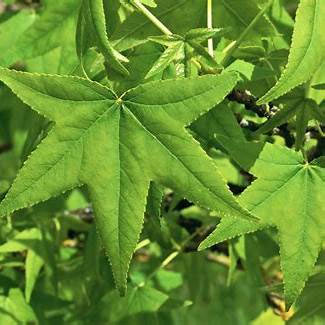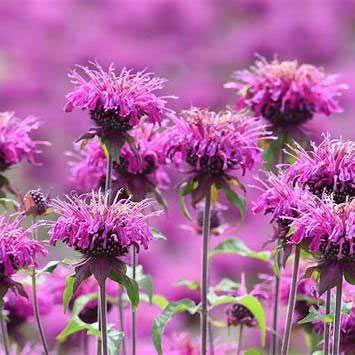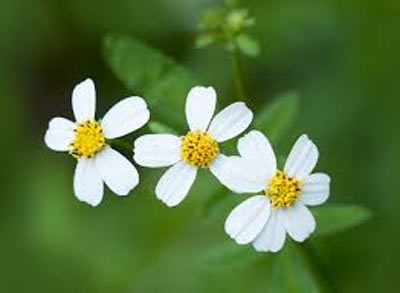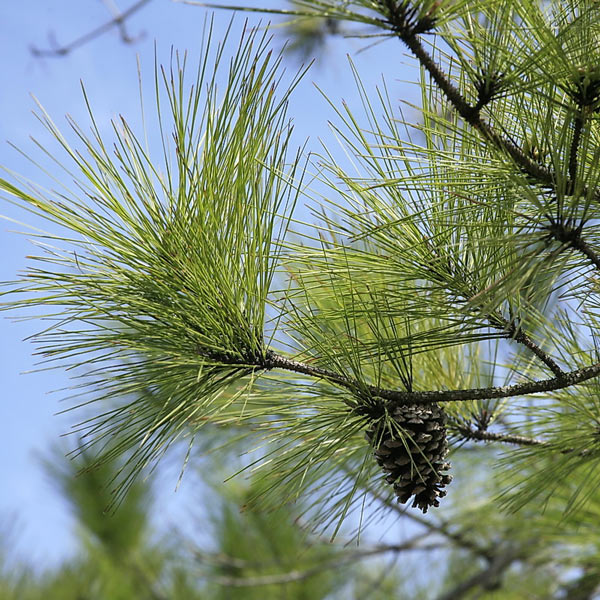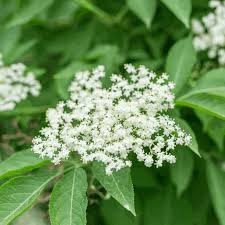 What did people do before iodine tablets and LifeStraws?
What did people do before iodine tablets and LifeStraws?
If you were out in the woods without clean water—really out there—what would you reach for?
And what about after you boiled it? Would you just drink it, flat and metallic? Or would you try to make it taste like something more… alive?
I started wondering about this after writing a storm scene for my novel. I imagined what it would feel like to be soaked, shaken, and searching for something to hold onto—maybe even something warm to drink. That led me down a rabbit hole of old foraging notes and folk practices, where I found a surprising thread: people often steeped herbs into their boiled water. Not to purify it, but to “sweeten” it—to soothe, to comfort, to make it drinkable.
Here’s what I found. Every one of these herbs grows right here in Central Florida, and each one has a story.
Yaupon Holly (Ilex vomitoria)
-
Native to: Southeastern U.S., including Central Florida
-
Used for: Making a caffeinated tea; revered by Native tribes
-
Traditional role: Though not a disinfectant, its roasted leaves were brewed in ceremonial and medicinal water
-
How to use: Dry, then steep roasted leaves for a safe, energizing tea
Sweetgum Leaf (Liquidambar styraciflua)
-
Native to: Florida woodlands
-
Used for: Astringent, antiseptic qualities
-
Traditional role: Leaves and resin used in decoctions for coughs and infections
-
Caution: Always boil or steep with guidance—resin can be strong
Bee Balm / Wild Bergamot (Monarda punctata)
-
Native to: Central and North Florida
-
Used for: Antimicrobial, antifungal, calming to the digestive tract
-
Traditional role: Infused in hot water to “clarify” unpleasant-tasting water after boiling
-
Taste: Spicy, minty, pungent
Spanish Needles (Bidens alba)
-
Native to: Everywhere in Florida
-
Used for: Antibacterial, anti-inflammatory, and immune-supporting
-
Traditional role: Often infused or decocted in water after straining
-
Bonus: A pollinator magnet in the garden
Pine Needles (Pinus elliottii, Slash Pine)
-
Native to: Central Florida
-
Used for: High in vitamin C, gently antimicrobial
-
Traditional role: Steeped to make pine needle tea, especially when water tasted “flat” or stale
-
Flavor: Citrusy, slightly resinous
Elderflower (Sambucus nigra ssp. canadensis)
-
Native to: Florida wetlands and forest edges
-
Used for: Antiviral and diaphoretic properties
-
Traditional role: Steeped in warm water post-boil, not as a purifier but as a health tonic
-
Note: Only use flowers, not stems or unripe berries (which can be toxic)
Important Safety Notes:
These herbs do not replace filtration, boiling, or chemical purification.
Always use safely identified plants—when in doubt, don’t drink it.
Steep only in water that’s been properly purified first.
I don’t know if these herbs made the water taste good. I imagine some were bitter, some sharp, some maybe even a little weird. But I think that’s part of the point. Boiling water was survival. Steeping something into it—that was hope.
These plants still grow around us—sometimes as weeds, sometimes as forgotten medicine. They’re part of the same landscape that shapes the stories I write, and the life I’m still learning how to live.
Maybe next time you boil water—on a campfire, in a storm, or even just in your kitchen—you’ll drop in a few pine needles. Just to see what rises.
~ L.S.

